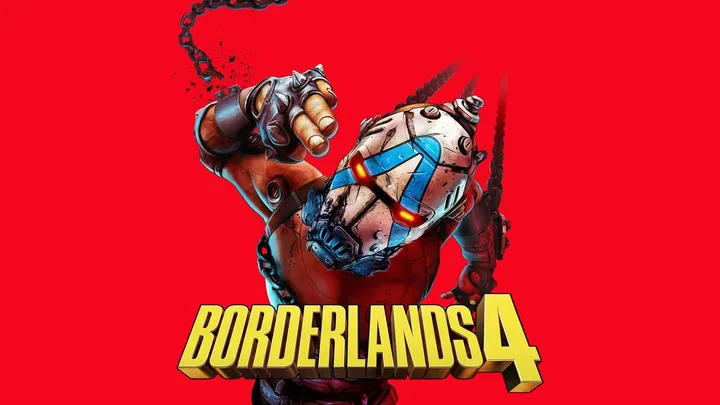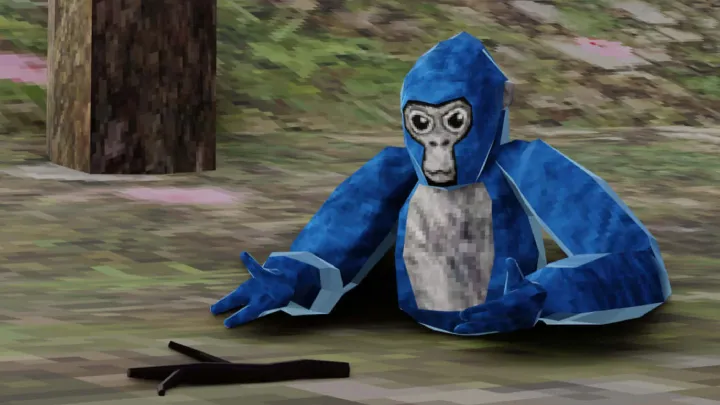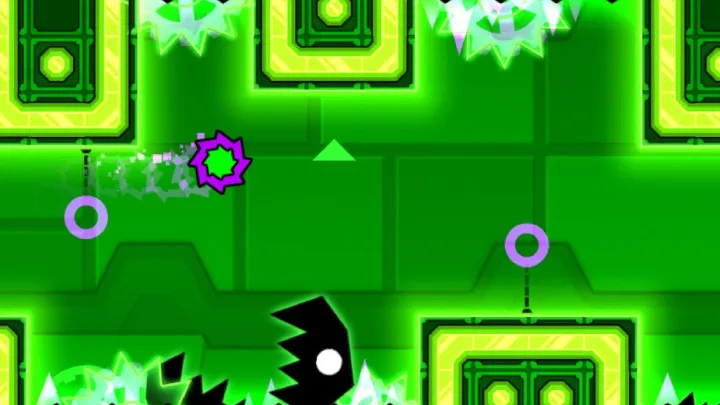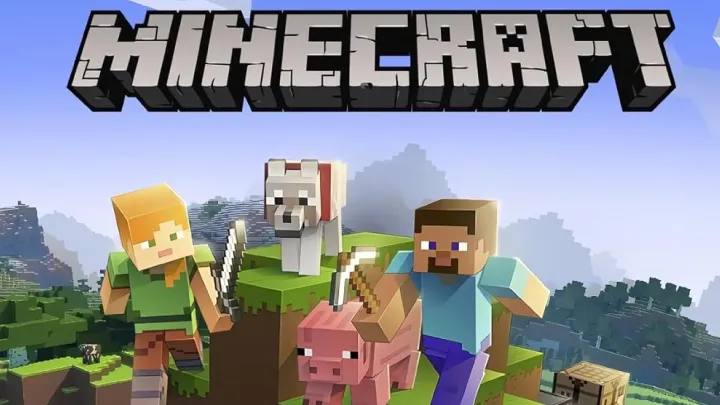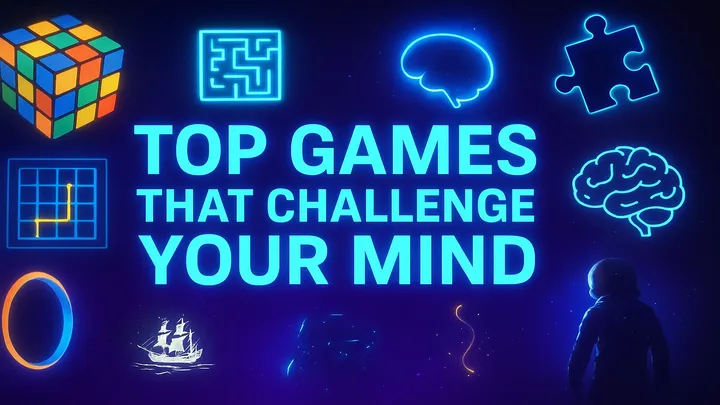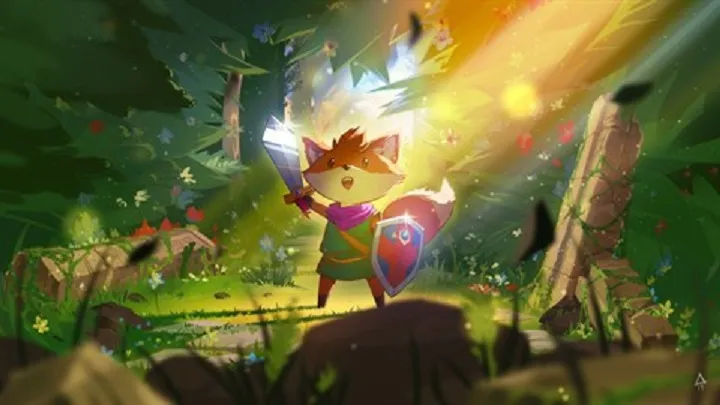Gorilla Tag is not just another VR title—it is a revolutionary experiment in locomotion design. The game strips away traditional control schemes and replaces them with a system that forces players to physically embody the movements of a gorilla. Instead of teleporting or pressing analog sticks, players push, pull, and climb using their arms and upper body. This approach creates an entirely new dimension of immersion, competitiveness, and physicality. In this article, we will explore the movement mechanics of Gorilla Tag in depth. From the basics of locomotion to advanced climbing, wall-running, and chase strategies, we’ll uncover how this system evolves across different contexts and how mastery of movement can elevate the gameplay experience.
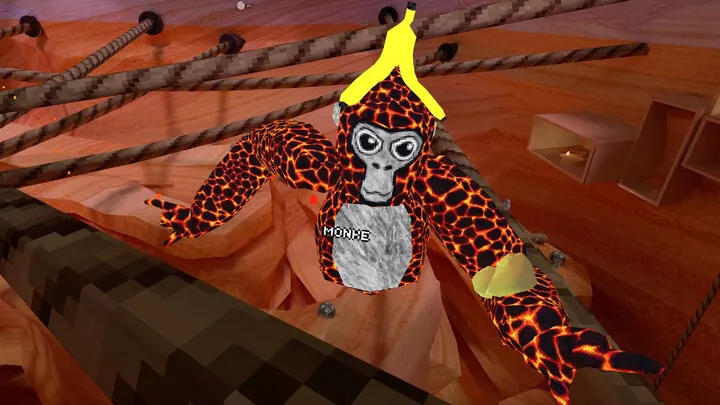
The Origins of Gorilla Tag’s Locomotion System
The core concept behind Gorilla Tag’s movement system was born from an idea: what if VR movement could mimic how players move in real life? Instead of pressing buttons, locomotion would rely entirely on physics-based arm swings and pushes. This design choice eliminated common VR problems such as motion sickness while amplifying immersion.
Early prototypes of the game focused on hand collisions, where the player’s virtual hands interacted with the environment. These mechanics evolved into the now-iconic method of pushing against the ground to run, climb, and escape other players. This origin sets the foundation for understanding why Gorilla Tag feels so unique compared to other VR games.
Learning the Basics of Ground Movement
The first step for new players is mastering basic ground movement. Instead of walking, players move by pushing against the floor with their hands. Short, quick pushes simulate jogging, while long, powerful strokes allow sprinting.
At first, this feels awkward, but players quickly discover that efficiency lies in rhythm. The smoother the pushes, the faster and more natural movement becomes. Basic locomotion creates the groundwork for more advanced strategies in pursuit and escape.
Climbing and Vertical Mobility
Vertical mobility is where Gorilla Tag differentiates itself even further. Players are not restricted to flat ground; instead, they can climb trees, walls, and other surfaces using pulling and grabbing motions.
Climbing requires stamina and precision. Players must grip the environment correctly, pulling themselves upward with force and timing. The more efficiently players use both hands in alternating motions, the faster they ascend. Vertical mastery becomes essential for map control and tactical escapes.
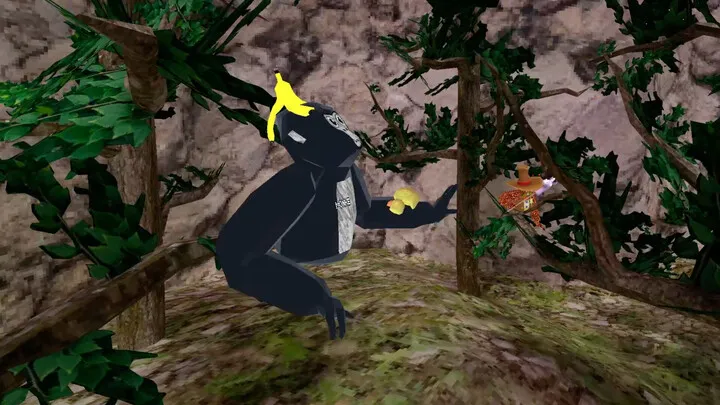
Wall Bouncing and Advanced Maneuvers
Wall bouncing is a technique that lets players ricochet between vertical surfaces to maintain momentum and change direction midair. It combines physics, timing, and creativity.
This skill is not immediately intuitive. Players must experiment with hand positioning and push angles to achieve consistent wall bounces. Once mastered, it becomes a crucial tool for dodging opponents or reaching otherwise inaccessible areas.
Tree Running and Environmental Exploitation
In Gorilla Tag, trees are not just scenery—they are part of the playground. Tree running allows players to maintain momentum by pushing off trunks and branches to chain movements together.
Tree runners often dominate matches because they can traverse maps fluidly without touching the ground. This skill demands precise hand placement, rhythm, and the ability to anticipate environmental geometry. Mastering trees transforms players into elusive targets and relentless hunters.
Speed and Endurance in Movement
Gorilla Tag is as much a physical workout as it is a game. The intensity of movement requires stamina, endurance, and sometimes even athletic conditioning.
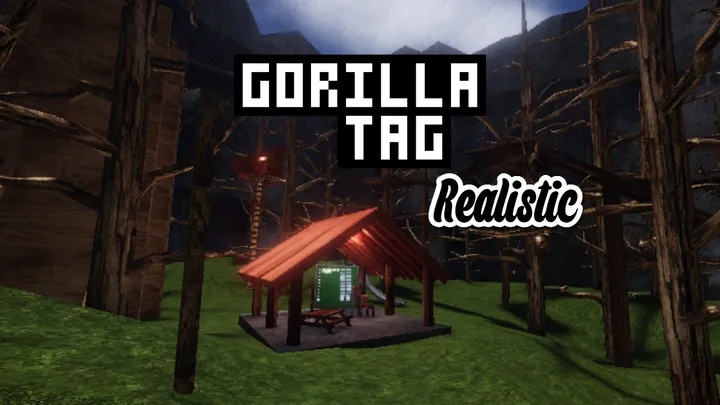
Players who build strength and cardio endurance outside of the game often outperform casual players. Sustaining speed while under pressure, especially during long chases, highlights how the mechanics extend beyond gameplay into physical skill.
Chase and Evasion Tactics
The heart of Gorilla Tag lies in its game of tag. Chasers must learn to cut off routes, predict player movements, and maintain relentless speed. Evaders, on the other hand, must master unpredictability, sharp turns, and high-ground advantages.
Strategies vary based on maps and environments. For instance, open areas reward speed, while complex environments reward agility and vertical mastery. Understanding chase psychology becomes just as important as raw movement skill.
Map-Specific Movement Strategies
Each map in Gorilla Tag introduces unique terrain challenges. Some focus on open spaces, while others emphasize dense climbing areas or vertical structures.
Players must adapt their movement style to the environment. For example, wall running dominates in urban-like areas, while tree running shines in forest maps. Success depends on reading the environment and tailoring locomotion tactics accordingly.
Community Innovation in Movement Techniques
One of Gorilla Tag’s most fascinating aspects is how the community continues to innovate movement strategies. Players discover glitches, shortcuts, and physics tricks that redefine how maps are navigated.
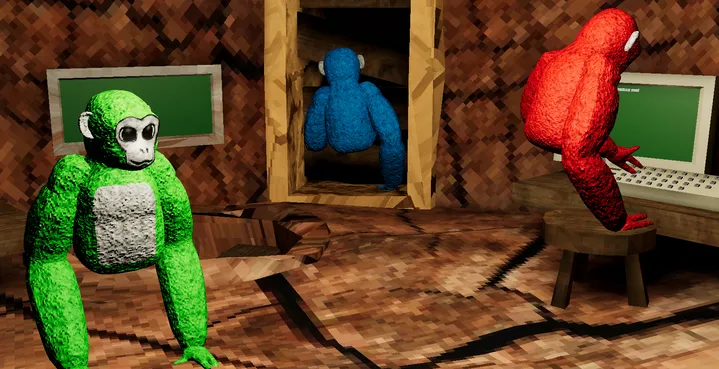
These techniques spread through social sharing, tutorials, and competitive matches. Over time, what begins as a niche discovery often becomes standard practice, constantly evolving the skill ceiling of the game.
The Future of Locomotion in Gorilla Tag and VR
Gorilla Tag has set a precedent in VR locomotion. Its success demonstrates that immersive, physical control schemes can become both fun and sustainable.
Future updates may refine movement mechanics further, introducing new maps, obstacles, or mobility options. Beyond Gorilla Tag, its influence may inspire other VR developers to adopt similar systems, redefining how movement is approached in virtual worlds.
Conclusion
The movement mechanics of Gorilla Tag are more than a gimmick—they are the core of the game’s identity. From the simplicity of pushing against the ground to the complexity of tree running and wall bouncing, every mechanic is tied to immersion and physicality. This system forces players to learn, adapt, and grow not only as gamers but also as athletes within a virtual playground. By mastering locomotion, players unlock the full potential of Gorilla Tag, experiencing a VR world where movement feels as natural as reality itself.
